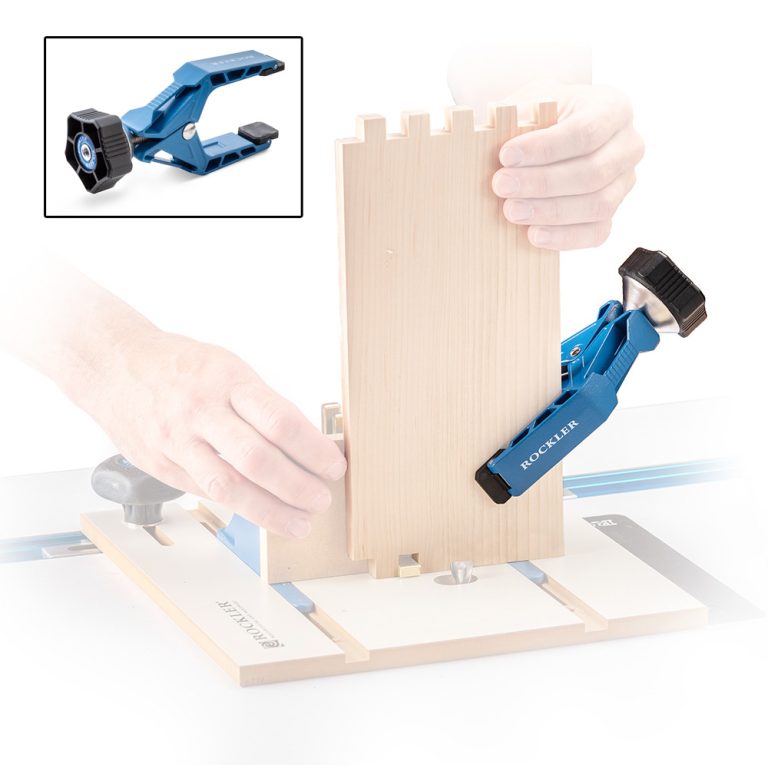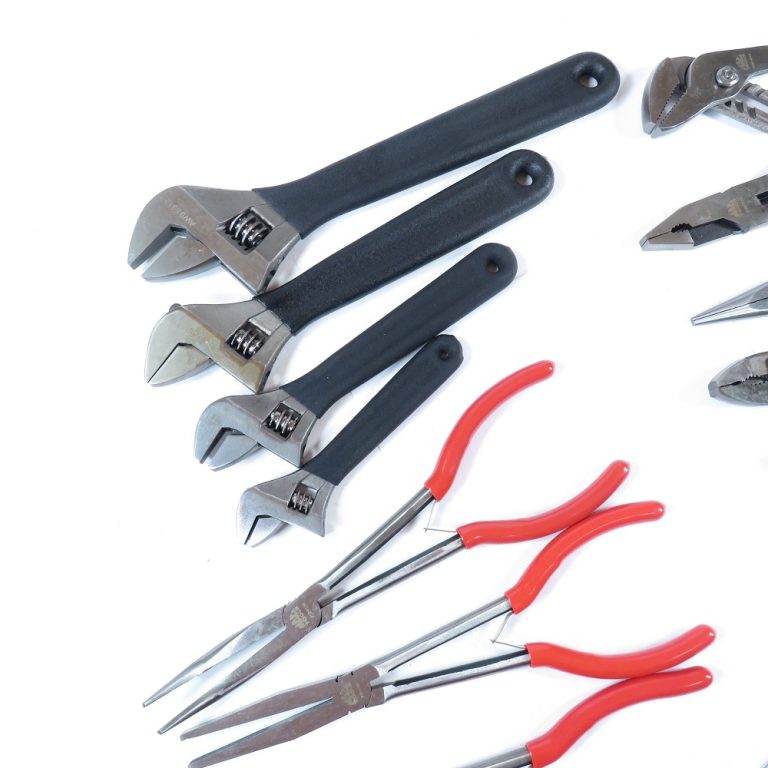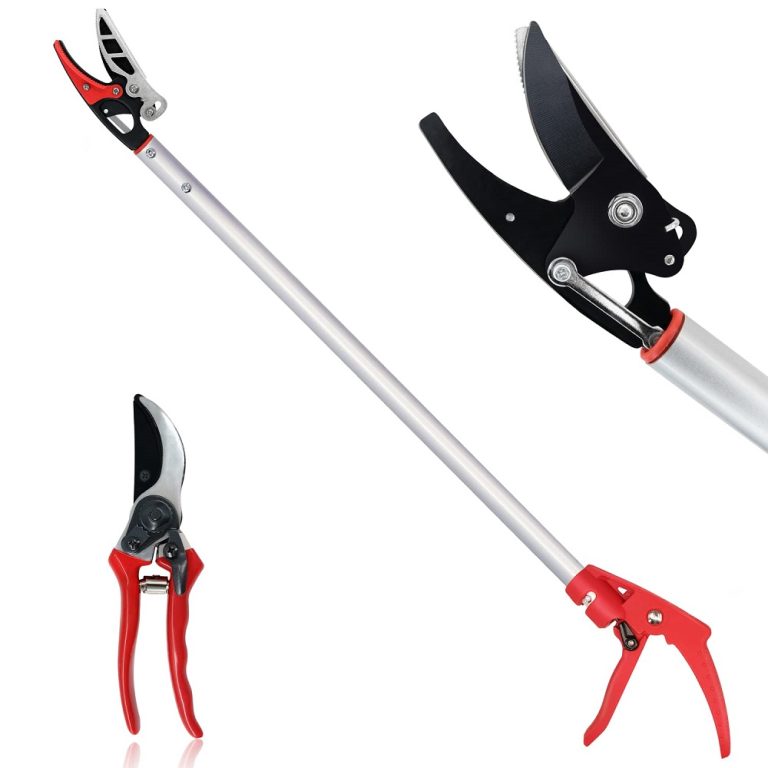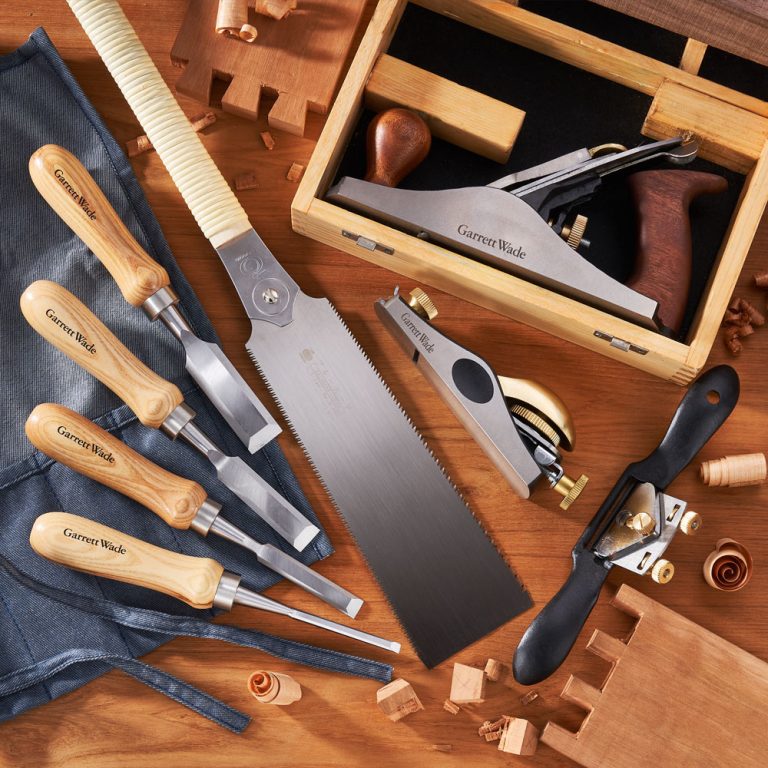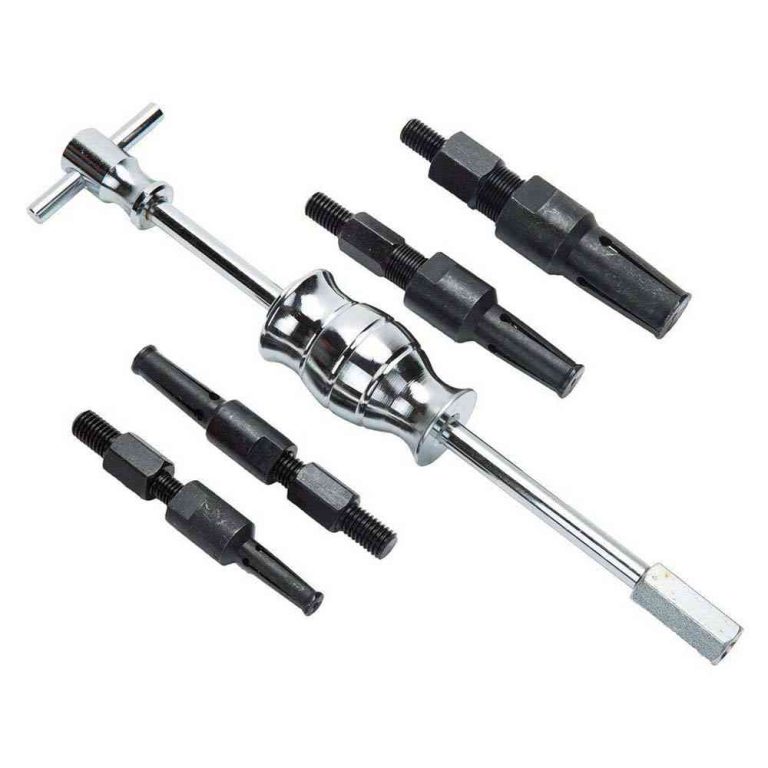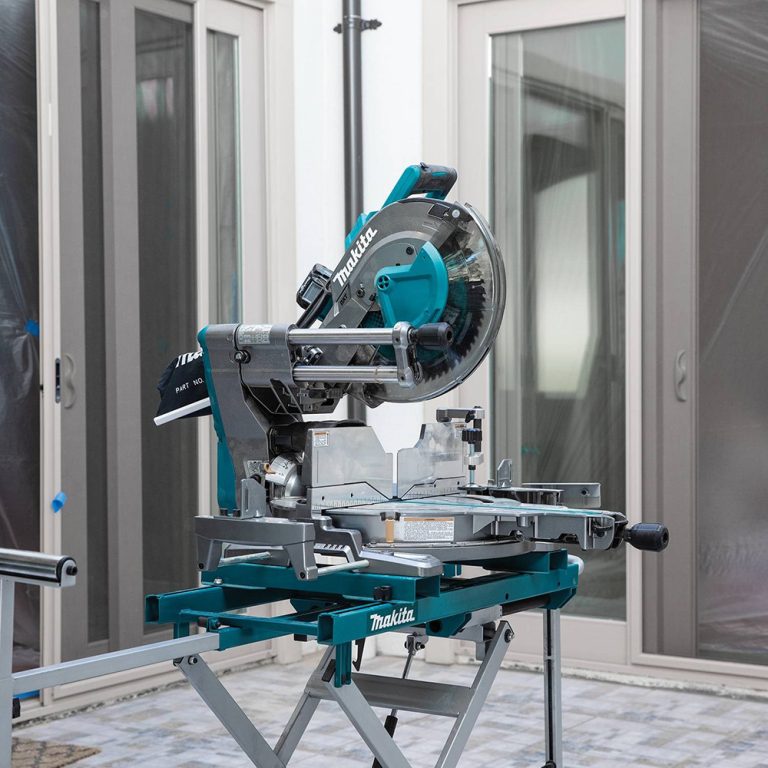Types of Jig Saws
When shopping for jig saws, you encounter various types. Each type has unique features and suits different needs. Let’s explore the most common ones.
Corded Jig Saws
Corded jig saws offer a reliable power source. No worries about running out of battery mid-task. They typically provide consistent power output, lending to smooth performance. Great for long projects as they won’t fade in power as a cordless might. However, they limit mobility due to needing a power outlet. Perfect for stationary projects in a workshop.
Cordless Jig Saws
Cordless jig saws boast portability and convenience. They allow you to move freely without a cord. This makes them ideal for tasks without easy access to an outlet. Their battery life varies, so consider the type and duration of projects. They are lighter and easier to handle but may lack the sustained power of a corded model. Remember to check the battery life and charge time.
Pneumatic Jig Saws
Pneumatic jig saws use compressed air, not electricity. They require an air compressor but offer high precision and speed control. Often utilized in industrial settings, these saws provide smooth cuts and withstand heavy use. Not the standard option for DIYers due to their need for an air compressor and more complex setup. However, they’re an excellent choice for professionals who need powerful, consistent performance.

Motor Power and Performance
Understanding the motor power is crucial when selecting the right jig saw for your needs. This section will help you grasp how motor specifications affect the performance of different jig saw models.
Amp Ratings for Corded Models
Corded jig saws rely on amps to measure their power. Higher amp ratings indicate a more powerful motor, which can handle thicker and tougher materials. For most household projects, a jig saw with 4 to 7 amps is sufficient. However, for more demanding tasks or professional use, look for models with 7 amps and above to ensure smooth cutting through dense materials.
Voltage for Cordless Models
Voltage in cordless jig saws tells us about the battery’s power. Generally, higher voltage means more power and endurance, essential for prolonged tasks. Most cordless jig saws range from 12V to 20V. For light to medium tasks, 12V to 18V models are adequate. If you’re dealing with more rigorous applications, opt for models with 20V to guarantee consistent performance and longevity.
Key Features to Consider
When selecting a jig saw, key features can significantly enhance its performance and versatility. Here’s what to focus on:
Variable Speed Control
Variable speed control allows you to adjust the cutting speed to match different materials. It’s vital for precision work, enabling you to start slow and increase speed as needed. For delicate materials, low speeds prevent cracking or splintering. High speeds power through tougher materials.
Orbital Action Settings
Orbital action settings add a rocking motion to the standard up-and-down cut. This feature improves the cut’s aggressiveness and speed, especially for wood. Adjusting orbital settings helps optimize cutting for various materials and applications. Look for a saw with multiple settings to provide maximum flexibility.
Blade Change Mechanisms
Quick and tool-free blade change mechanisms save time and hassle. Look for jig saws with a simple blade change process that doesn’t need extra tools. This feature is convenient and increases productivity, as you can switch between tasks rapidly.
Bevel Cutting Capabilities
Bevel cutting capabilities allow you to make angled cuts. This feature is essential for complex projects that require precision, such as fitting trim or crafting joinery. Ensure the saw has an adjustable base for easy angle setting and a lock to maintain the angle during cutting.

Blades and Materials
Blade Types
Jig saws use various blade types, each designed for specific materials and cuts.
- T-shank blades: Most common type, offering excellent stability and easy changing.
- U-shank blades: Older style, require tools for changing and aren’t as stable.
- Scroll blades: Perfect for intricate cuts in thinner materials.
- Reverse-tooth blades: Best for clean cuts on the top surface of the material.
Identify your project needs to select the appropriate blade type. Each enables different precision levels and cut qualities.
Material Compatibility
The effectiveness of jig saws also heavily depends on using the right blade for the right material.
- Wood: Requires blades with larger, sharper teeth for quick cuts.
- Metal: Needs smaller, finer teeth to handle the hardness without damaging the blade.
- Ceramic and tile: Specialized diamond or carbide blades are necessary for these hard materials.
- Plastics: Blades with very fine teeth prevent melting the material.
Always check the blade’s specifications to ensure compatibility with the material you plan to cut. This prevents damage to both the material and the blade, ensuring cleaner cuts and longer blade life.
Ergonomics and Ease of Use
Enhancing the user’s comfort and control, ergonomics play a vital role in choosing the right jig saw. Here we focus on features that ease use and reduce fatigue.
Grip Comfort
The grip of a jig saw should provide comfort and a secure hold. Soft grip handles are a popular choice. They reduce the strain on your hands during long projects. Ensure the handle design allows for a firm and comfortable grip.
Vibration Reduction Features
Jigsaws with vibration reduction enhance precision and comfort. Look for models with counterbalance mechanisms or anti-vibration technology. These features minimize the amount of vibration transferred to the user. It results in smoother operation and less fatigue.
Dust Blower and Extraction Options
Keeping your work area clear of debris is crucial for accurate cuts. Jig saws with integrated dust blowers help keep the line of cut visible. Some models offer ports for attaching a vacuum. This helps in extracting sawdust and maintaining a clean workspace. Choosing a jig saw with these options will provide a clearer view and cleaner results.

Safety Features
Ensuring safety while working with jig saws is paramount. This section highlights key safety components to look for.
Lock-On Switch
A lock-on switch helps maintain control during extended use. It allows for continuous cutting without holding down the trigger. This reduces hand fatigue and helps ensure a steady cut. Look for this feature to improve comfort and safety.
Blade Guard
A blade guard is essential for protecting your fingers. It shields the moving blade to prevent accidental contact. Always check that the jig saw has a durable blade guard before purchasing.
Non-Slip Feet
Non-slip feet stabilize the jig saw during operation. They provide grip and prevent the tool from sliding. This feature is crucial for precision cutting and safety. Ensure your jig saw has rubberized feet or a similar solution.
Brand and Price Considerations
When considering purchasing a jig saw, brand reputation and price are significant factors. This section discusses trusted manufacturers and what you might expect in terms of pricing and warranties.
Well-Known Manufacturers
Certain brands stand out in the jig saw market due to their quality and reliability. Popular brands such as Bosch, DeWalt, and Makita are noted for their robust construction and innovative features. These manufacturers often lead in power tool technology, offering jig saws that excel in performance and durability. Investing in a well-known brand can lead to better customer support and availability of replacement parts.
Price Range and Warranty
Jig saws vary widely in price, depending on features and brand reputation. Basic models suitable for light use might start around $30, while high-end models geared towards professionals can approach or exceed $200. Typically, the more features and the higher the quality, the more expensive the jig saw. Always consider the warranty when assessing price. Most reputable brands offer a warranty that covers defects and malfunctions, which can range from one to several years, adding value to your purchase.

Additional Accessories
When considering jig saws, don’t overlook the importance of additional accessories that enhance precision and convenience. Here are some essential accessories to consider.
Guide Rails
Guide rails ensure straight, precise cuts with your jig saw. They act as a physical guide, aligning the saw along a predetermined path. This is especially useful for long cuts or when accuracy is critical. Most guide rails are easy to set up and compatible with various jig saw models.
Rip Fence
A rip fence is another valuable accessory for achieving straight cuts. It attaches to the jig saw and runs parallel to the blade, allowing you to make uniform cuts along the length of the material. It’s particularly useful for repetitive tasks and ensures consistency without measuring each cut.
Carrying Case
A carrying case protects your jig saw and keeps all related accessories organized. For those who transport their tools to various locations, a robust carrying case is indispensable. It also helps in maintaining the tool, preventing dust accumulation and damage while not in use.

